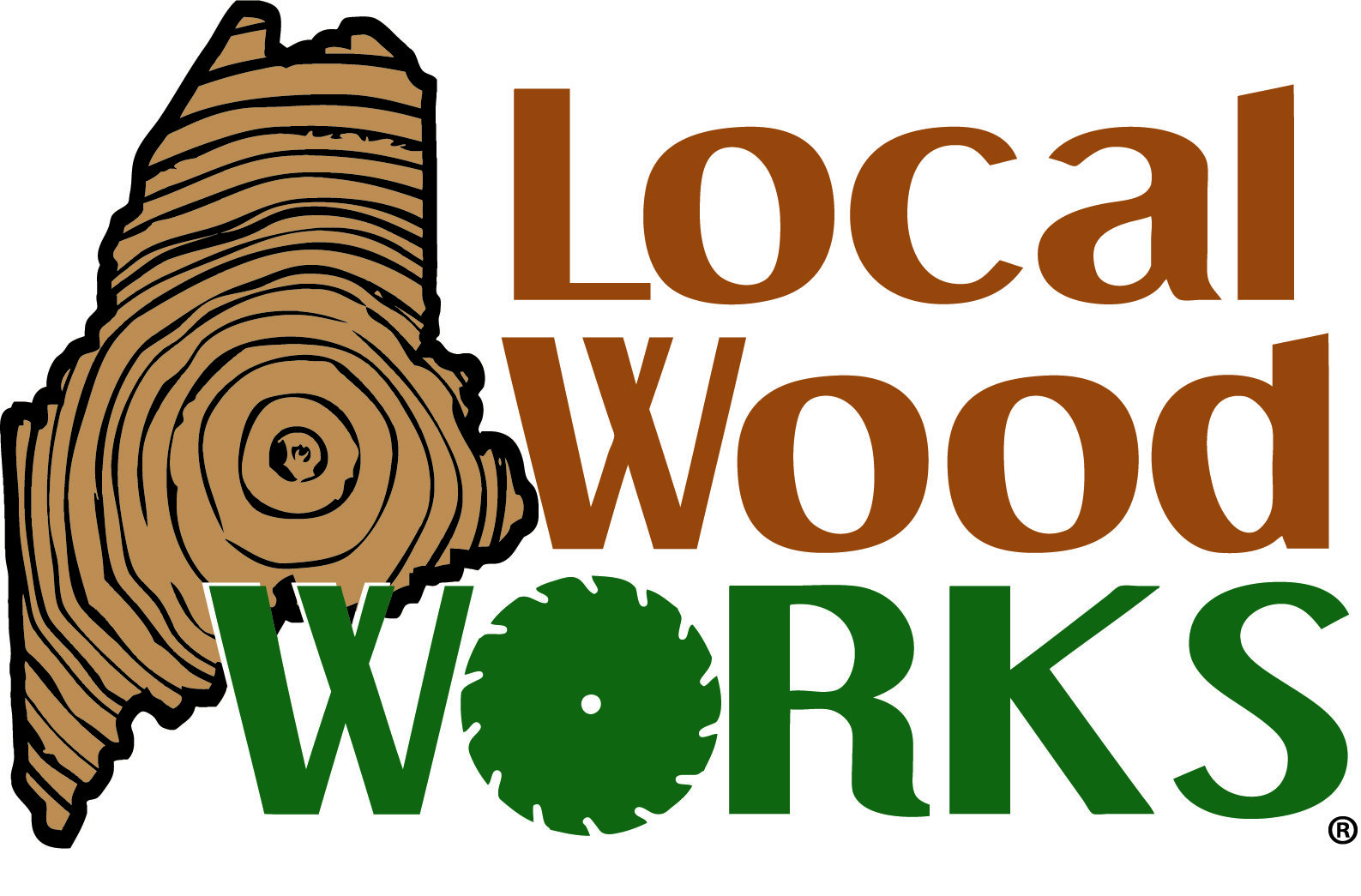snug and energy-efficient construction is now all-wood
The satisfyingly thick walls and roof of a new school in Belfast suggest it will be very comfortable and energy efficient.
But, there is something more innovative than the super insulation of the Montessori Middle School. The building is a marriage of two carbon-smart building materials – mass timber, a supersized version of plywood, and wood-fiber insulation, an environmentally benign alternative to foam and fiberglass. The materials in the school were prefabricated into wall units off-site and assembled on site with the help of a crane.
Notably, the school building occupies just 1,000 square feet of space – which is barely larger than tiny house dimensions. If the Belfast prototype can be scaled up, it would add a new dimension to wood innovation in Maine.
“That is the hope,” said Addison Godine, a project manager for OPAL Build, who made a presentation of the project at a recent Northeast Sustainable Energy Association conference in Boston. He notes that the company has other projects “in the pipe line.”
Maine has expended huge effort in the past six years trying to attract a mass timber manufacturing plant to Maine. But success has been elusive. Two companies announced and then shelved construction plans. In the meantime, action has shifted. Some people are working to lower mass timber manufacturing costs in Maine. Others, such as OPAL Build, are working to create demand for mass timber.
OPAL Build is among a cluster of interconnected businesses pushing carbon-smart construction in many directions. Other companies include OPAL Architecture, which grew out of an earlier company that developed a panelized, energy-efficient construction process using conventional materials, and GO Lab, which is developing the first US-made of wood fiber insulation. The wood fiber insulation - in batts, rigid panels and loose fill - should be available later this year or early 2023, starting with the loose fill. It’s being manufactured at a former paper mill in Madison. Separate space is being dedicated to produce the prefabricated panels
Using mass timber - also known as cross-laminated timber - in small buildings is pushing the envelope in yet another direction. Until now, mass timber has been touted as a building technology best suited for commercial construction in the five to ten-story range. Godine said mass timber also makes sense if wall units can be sized from single panels of mass timber, or if stacked in repetitive units.The mass timber used in the Belfast school was sourced from Austria.
One of the lessons learned is to limit modifications on site because mass timber is difficult to work with once it openings are cut with a computer numerical control (CNC) machine. Godine said the cost of installing the shell were about $200 per square foot. Costs for finishing the space were not available.
It turns out, the folks at OPAL Build aren’t the only ones pushing to adapt mass timber for compact buildings. Russell Krauss, founder of American Mass Timber of Owls Head, a market analysis and development expert, received a $20,000 grant from the Maine Technology Institute to explore the viability of mass timber in single family home construction.
Krauss discovered that utilizing mass timber in single-family homes is still prohibitively expensive if homes are assembled on-site utilizing conventional building-trades approaches and labor. (Utilizing mass timber imported from Europe and Ontario, Krauss calculated the 1,500-square-foot prototypes cost two and three times more e than the $150,000 affordability target.)
Krauss is now seeking to reduce costs further by finding a suitable partner in prefabricated home manufacturing. “We have modular industry in Maine, we just need to be put it to work in a different way,” he said. “We are still in the early stage in the US with custom-built mass timber housing. There are single family homes built all over the rest of the world this way. I know we can get there.”
This all sounds promising and could help speed the day that mass timber is manufactured in Maine.


